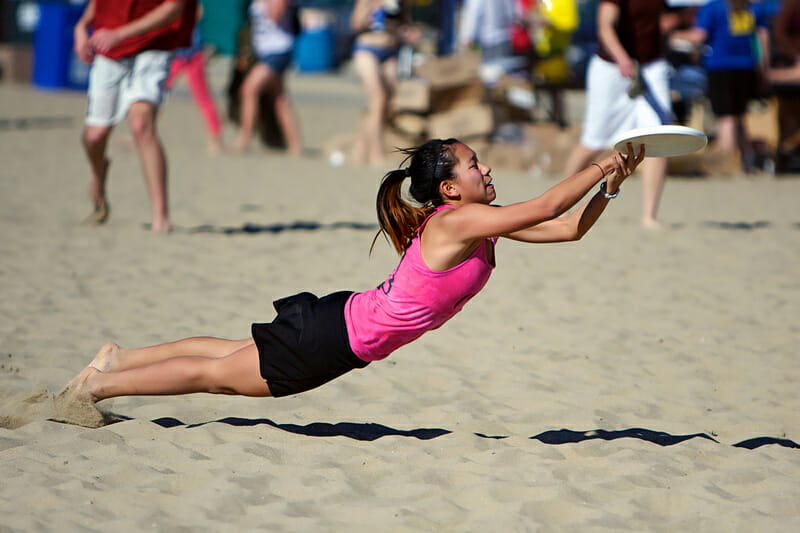June 4, 2013 by Matthew Hodgson in Opinion with 16 comments

Last week, thanks to hard work from the World Flying Disc Federation, ultimate became an International Olympic Committee recognized sport. The announcement is the first of many steps that it would take for Ultimate to join the Olympics, which is still a very long shot. There are many sports with higher profiles than Ultimate that are IOC Recognized, but not part of the Olympic games. Most of those sports are more established and have higher rates of participation and spectator interest. Nevertheless, particularly given the recent trends towards more spectator-driven development in the sport, we should not ignore this milestone for ultimate.
What is important to understand about the Olympics is that money drives everything. Although it is often presented as a pure distillation of all things sport (which, in a lot of ways, it is for the athletes), advertising, TV deals, and sponsorship opportunities are the lifeblood of the modern Olympics. It is no secret that the Olympics are an expensive event to host. Unfortunately for ultimate, team sports cost more than individual sports as more athletes need to be provided accommodation, sustenance, and all the other commodities afforded every Olympian.
On top of that, Ultimate is relatively untested as a spectator sport. Replays from professional coverage alleviates a lot of the downtime between points and during calls and certainly from a coverage perspective Ultimate has come on leaps and bounds in the last couple of years alone. However, the vast majority of spectators at live events and in terms of video are players and existing fans of the sport.
So how can we get ultimate into the Olympics with such major hurdles blocking the way?
We should focus our efforts on beach ultimate.
Beach ultimate would require less space, with pitches which could be adapted to fit in the sand stadiums already set up for beach volleyball. Playing 5-on-5 would make rosters much smaller, cutting down the associated costs for hosting athletes. If you’ve ever been to Paganello, you will know that the atmosphere at a beach tournament in the stands is always more of a party than at a grass tournament; that mirrors the different atmospheres of beach and court volleyball. If we want Ultimate to become a bigger spectator sport, one way to do that would be to market it with the beach atmosphere.
In many ways, the beach game itself is better suited to attract new spectators than the grass one. While beach ultimate may not seem as fast-paced and exciting to an ultimate player steeped in the sport, its high concentration of layouts, hammers, and quick points make it fun to watch and understand right away.
While trying to push for beach ultimate over grass isn’t going to make much of a difference in the short term (the sport has no realistic shot at being in the Olympics anytime in the next 20 years), it could pave the way for the sport’s inclusion in our lifetime.